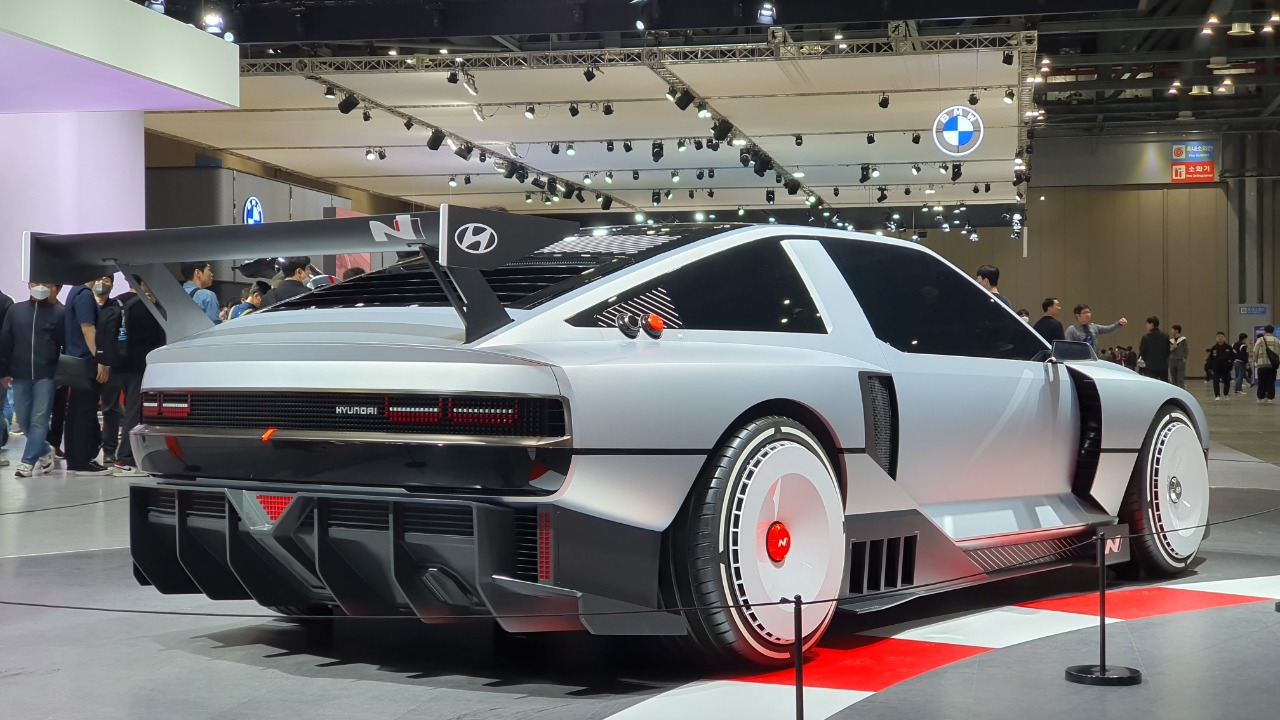
Hyundai’s secretive mid-engined project has been thrust into the spotlight after an accidental leak revealed ongoing development efforts, underscoring the automaker’s commitment to pushing forward despite earlier challenges. This development, reported on October 17, 2025, highlights Hyundai’s refusal to abandon the initiative, positioning it as a potential game-changer in their performance vehicle lineup. Source.
Origins of Hyundai’s Mid-Engined Ambitions
Hyundai’s interest in mid-engined designs traces back to its N performance division, which has long aimed to compete with established sports car makers. The company’s ambition to break into the high-performance market has been evident through various concept cars and prototypes. These early efforts laid the groundwork for the current project, focusing on engineering challenges such as packaging a mid-mounted engine while maintaining everyday usability. Hyundai’s internal motivations include diversifying beyond their mainstream SUV and sedan offerings to appeal to enthusiast drivers, a strategy that reflects their broader market aspirations.
Previous prototypes and test mules have played a crucial role in shaping Hyundai’s mid-engined ambitions. These vehicles have been instrumental in addressing the technical hurdles associated with mid-engine layouts, such as weight distribution and cooling efficiency. The company’s dedication to overcoming these challenges demonstrates a commitment to innovation and performance, which is essential for competing in the sports car segment. By exploring these designs, Hyundai aims to establish itself as a formidable player in a market dominated by luxury brands.
The Accidental Leak That Exposed the Project
The accidental leak on October 17, 2025, provided the first public glimpse into Hyundai’s mid-engined prototype, revealing design features such as its rear-wheel-drive layout and turbocharged powertrain. The leaked materials included internal documents and images, sparking widespread interest and speculation about the project’s potential. Enthusiasts and industry experts quickly analyzed the content, noting speculated performance specs like horsepower targets exceeding 400 and a lightweight chassis under 3,000 pounds. These details fueled discussions about the project’s production viability and its potential impact on Hyundai’s performance vehicle lineup.
The immediate online buzz following the leak was palpable, with automotive forums and media outlets dissecting the images for clues about the project’s timeline and platform sharing possibilities. Speculation about a connection to models like the Hyundai Ioniq 5 N added to the excitement, as enthusiasts pondered how the mid-engined car might integrate with Hyundai’s existing offerings. This surge of interest highlights the project’s significance within the automotive community and underscores the potential for Hyundai to redefine its brand image through innovative engineering and design.
Hyundai’s Determination to Revive the Project
Following the leak, Hyundai has confirmed its intent to continue development of the mid-engined project, aligning it with their goal of introducing 10 new performance vehicles by 2030. This commitment is reflected in the company’s resource allocation, with dedicated engineering teams at Hyundai’s Namyang R&D center in South Korea working on refinements to address past challenges like cost overruns. By investing in this project, Hyundai demonstrates its determination to push the boundaries of automotive design and performance, positioning itself as a leader in the sports car segment.
Strategic partnerships and technology integrations are also playing a crucial role in making the mid-engined car feasible for global markets. Hyundai is exploring the use of hybrid technology from the RM20 concept, which could enhance the vehicle’s performance and efficiency. This approach not only addresses environmental concerns but also aligns with broader industry trends towards electrification. By leveraging these technologies, Hyundai aims to create a vehicle that meets the demands of modern consumers while maintaining the thrill and excitement of a traditional sports car.
Future Prospects and Industry Implications
The leaked information suggests a potential launch timeline for the mid-engined car as early as 2027, with initial testing phases already underway at Nürburgring circuits in Germany. This timeline indicates Hyundai’s commitment to bringing the project to fruition and highlights the company’s strategic planning in the competitive sports car market. By positioning the vehicle with a projected price around $60,000, Hyundai aims to rival models like the Toyota GR Supra, potentially boosting its brand prestige and attracting a new segment of performance-oriented consumers.
The broader implications for the automotive industry are significant, as Hyundai’s push into electrification could influence the mid-engined model’s powertrain options, including the possibility of a plug-in hybrid variant. This move aligns with global trends towards sustainable mobility and reflects Hyundai’s dedication to innovation and environmental responsibility. By embracing these changes, Hyundai not only enhances its competitive edge but also contributes to the industry’s evolution towards cleaner and more efficient vehicles.